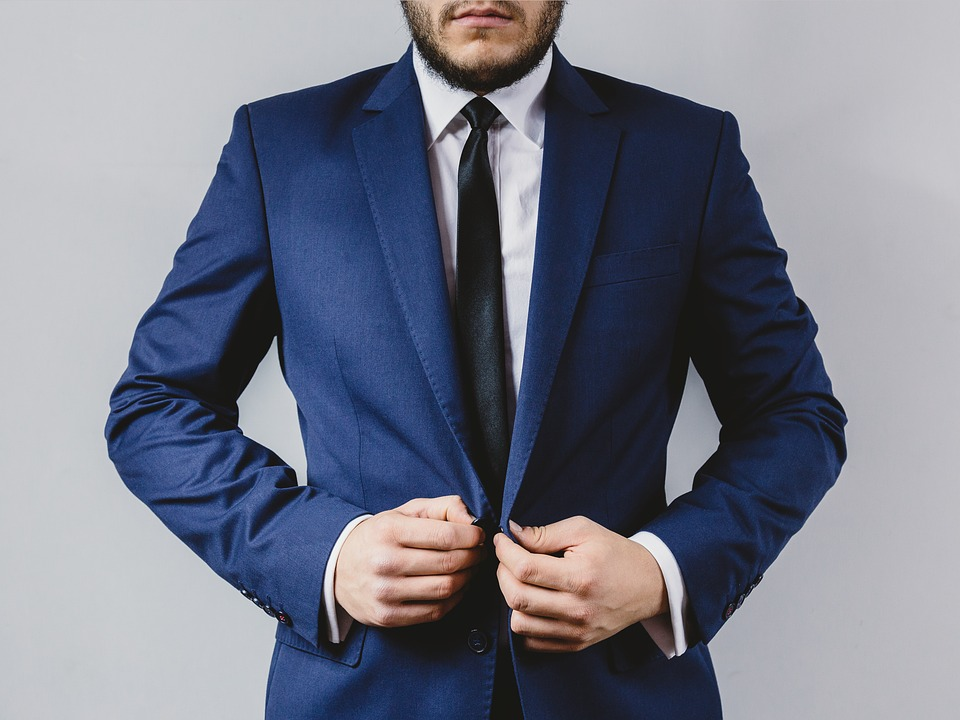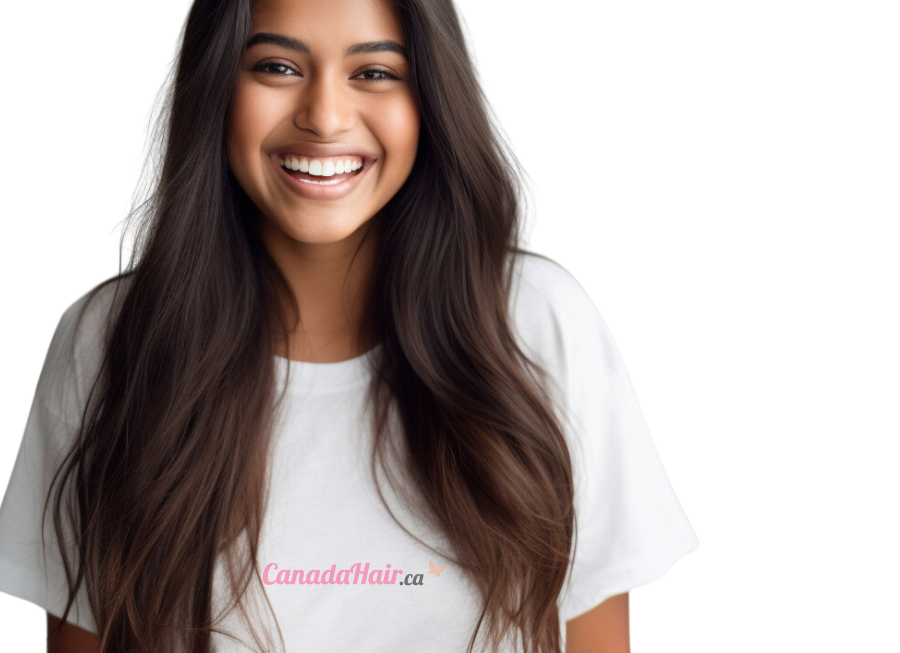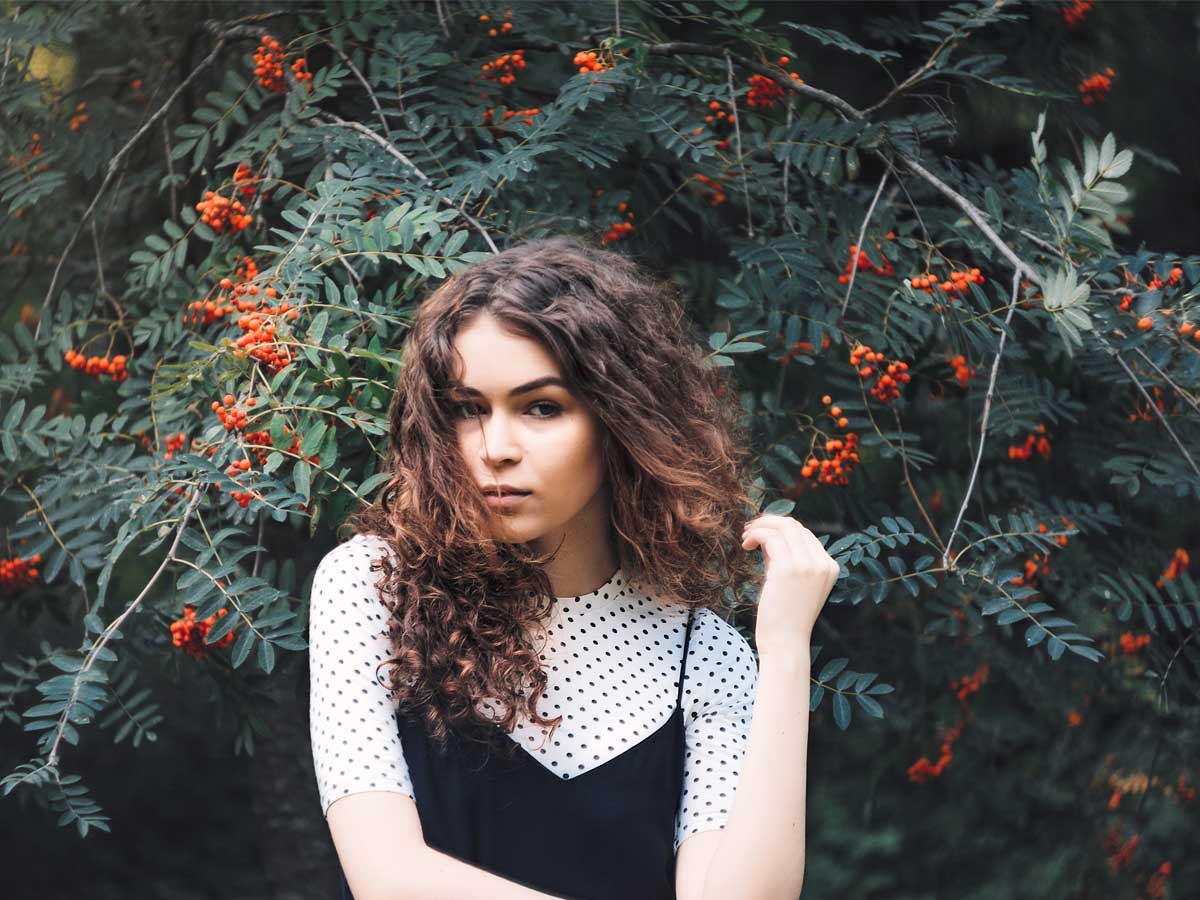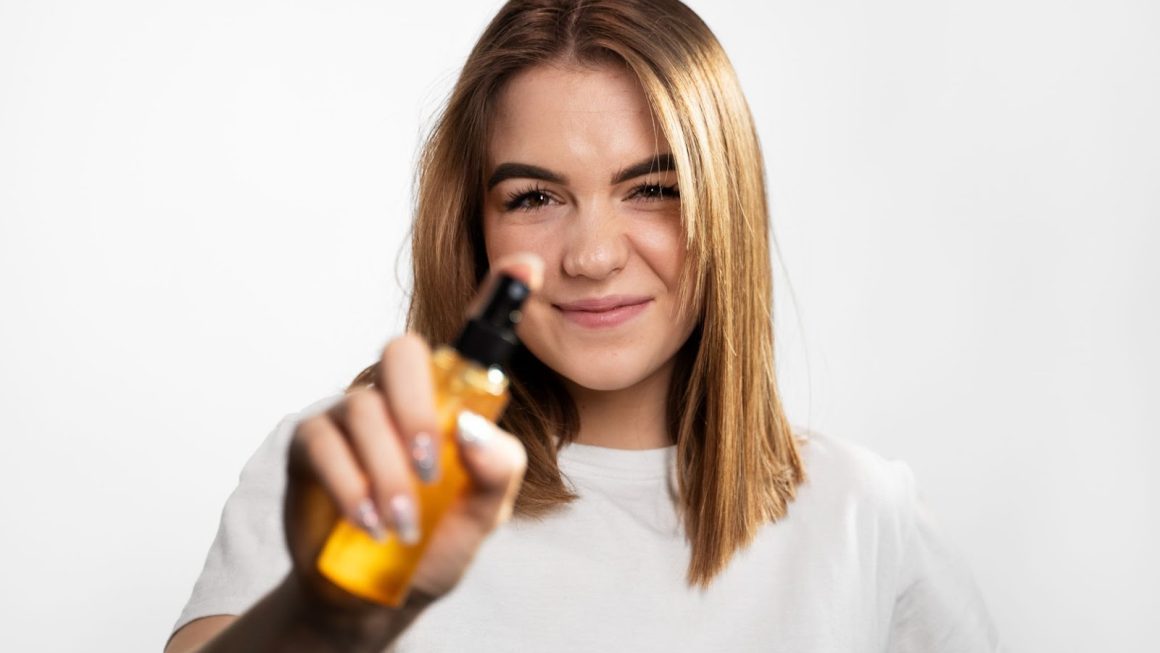It may be hard to find that balance between formal and informal wear. Semi-formal wear can be pretty hard to achieve. How do you know when you are about to cross the line into either formal or casual clothes?
Yet, what is pretty obvious is the amount of flexibility you can have with such attire. That pair of chinos partnered with a button-down shirt and blazer look stylish. Indeed, you can wear it to a restaurant, at weddings, or even to the office.
Our article will demystify how to dress semi-formal. At the end of this interesting read, you will be looking at your wardrobe with a fresh eye.
Understanding Semi-Formal Dressing
The semi-formal dressing is that middle child between the formal older sibling and the more fun, casual smaller one. The aim is to maintain a sophisticated look without the limitations of formal wear. That is where it gets challenging for most people. The ambiguity or lack of clear guidelines can have you shaking your head in frustration.
There are simple rules to follow when dressing for a semi-formal event. It defines everything from your suit, shoes, jewelry, and more. Let’s delve a little more into the nuances of semi-formal dressing.
1. Choosing the Right Belt
Belts are functional and add to the completion of your semi-formal outfit. You have various options like plastic, leather, faux leather, and a combination of different materials.
You may prefer the comfort and flexibility of men’s stretch belts. They have a lot of similarities with conventional belts. But the difference is that the elasticity allows them to stretch comfortably around your waist.
And, with the many stretch belt designs, you have a fantastic collection in your wardrobe. But, do you know there is a difference between a formal and semi-formal stretch belt? A formal stretch belt typically has a frame-type buckle through which you slide the straps for fastening.
The width ranges anywhere from 1 to 1.5 inches wide. Indeed, formal belts are thin with more subdued colors so the belt wouldn’t overpower the outfit.
Casual and semi-formal stretch belts have more variety in types of buckles. They could be a snap, micro-adjust, plate style, box frame, and more. The width is thicker than the formal stretch belt, ranging from 1.5 to 1.7 inches wide.
2. Pants and Blazers
Please note that with semi-formal dressing, you have the option of wearing a suit or not. You can pair up your favorite pants with a blazer instead. For the pants, you want to maintain a polished appearance. A pair of chinos, for example, is a fantastic option. Unless there is a specific color code for the event, stick to neutral pallets. You can never go wrong with gray, black, beige, or white.
The choice of blazer should continue with the trend you have set with the pants. Look for a blazer that fits well and comprises high-quality fabric. Try to contrast the blazer colors from that of the trouser. White pants will look great with a navy blue blazer, for example. You can include a tie to the ensemble or leave the top button on your shirt open.
Blazers look great during daytime events. If the event extends to the evening like in the case of a wedding, a suit jacket may be a better option. Unless, of course, you had to switch up your look, which means carrying the jacket and changing at some point. You can add a tie for that extra look of sophistication for the evening party.
3. Shirts
A button-up shirt under a suit jacket will look fantastic. As a rule, you should always tuck in. That is why your choice in the belt, whether the more conventional ones or a stretch belt, matters.
Match the belt to your suit. A cream or beige suit will look great with a brown belt. A black belt will go well with a dark-colored suit like black or navy blue.
In terms of shirt color, you can express your style as much as you wish. There is the option of playing colors like white. You can also get more creative with patterns if you so desire. The rule of thumb is to avoid anything too flashy. You don’t want to overpower the blazer and trousers with the patterns.
You may want to avoid T-shirts for semi-formal events. You can keep those for a casual dress-down day. A button-down shirt is always the best bet.
4. Jewelry and Accessories
Since you’re going for a sophisticated yet more casual look, keep the jewelry minimal. Don’t feel like you have to stick with the formal pocket square and cufflinks for such occasions. But it comes down to what you like as an individual. Even if you opt to have them as part of your ensemble, you will still look great.
5. Shoes
The right pair of shoes will complete your semi-formal outfit. Dress shoes are a sure winner if you want to maintain a stylish and smart look. You can opt for loafers or brogues for a more relaxed yet elegant look. Materials like leather, suede, and velvet work well for semi-formal events.
Use the tip we shared on choosing the right belt color. You want the shoes to match the suit you’re wearing. So, brown shoes will work well with light-colored suits, and the same applies to dark suits pairing up well with black shoes.
Final Thoughts
The most critical rule of semi-formal dressing is to keep it understated. Having too much going on will be a huge fashion mistake. Apply the less is more principle here. As we stated, you don’t have to wear a tie for such an event. You can leave the cufflinks behind and opt for a classy watch instead.
Pay attention to details like tailoring and material choice. A well-fitting suit is such a strong style statement. There is not much to do to achieve that semi-formal look if your suit fits you well.
Learn simple rules like how to choose a belt. The width of the belt, for instance, should be above 1.5 inches. Such a simple detail shows that you are someone who understands the art of dressing.
And, since you want to feel more relaxed, the stretch belt is a fantastic option. The elasticity removes the rigidity of harder belts and allows the belt to adjust to your body.



